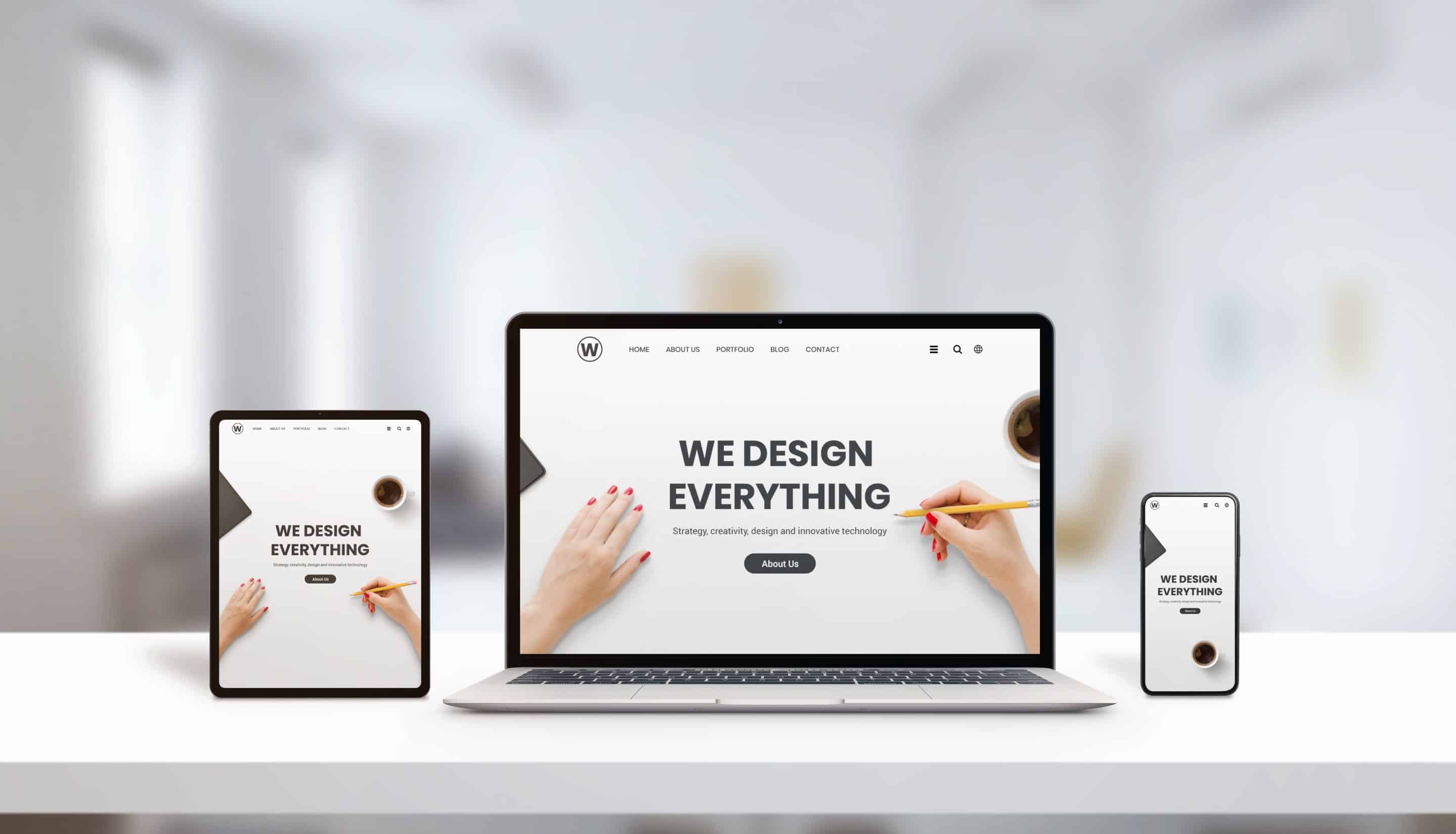Designing for Inclusivity: Tips and Best Practices for Creating Accessible Websites
The internet has become an integral part of our daily lives, from shopping and banking to socializing and accessing information. However, not everyone has the same level of access to the digital world. People with disabilities often face barriers when trying to use websites that are not designed with their needs in mind.
As a digital marketing agency based in North Bay, CA and serving Sonoma County, we at RAD Web Marketing believe it is crucial for businesses to prioritize inclusivity in their website design. In this article, we will discuss tips and best practices for creating accessible websites that cater to all users.
Understanding Accessibility
Before diving into the tips and best practices, it is essential to understand what accessibility means in the context of website design. Accessibility refers to designing websites in a way that allows people with disabilities to navigate and interact with them effectively.
There are various types of disabilities that can affect how individuals use the internet. These include visual impairments, hearing impairments, motor disabilities, cognitive disabilities, and more. Each type requires specific considerations when designing an accessible website.
Tips for Designing an Accessible Website
1. Use Alt Text for Images
Alt text or alternative text is a description added to images on a website that helps screen readers translate them into audio descriptions for visually impaired users. It is crucial to add relevant alt text to all images on your website so that users who cannot see them can still understand their purpose.
2. Use Descriptive Link Text
Similarly, using descriptive link text is essential as it helps screen readers accurately convey the purpose of a link. Instead of using generic phrases like “click here,” use descriptive phrases such as “learn more about our services.”
3. Provide Keyboard Navigation
Many people with motor disabilities rely on keyboard navigation instead of using a mouse or trackpad. Therefore, make sure your website can be navigated using the keyboard alone. This includes having a visible focus indicator, allowing users to easily navigate through links and buttons.
4. Keep Forms Simple
Forms on websites can be challenging for people with disabilities, especially those with cognitive impairments. To make your forms more accessible, keep them simple and well-organized. Use clear labels for each field and provide instructions when necessary.
5. Choose Color Contrast Carefully
Color contrast is crucial for users with visual impairments as it allows them to distinguish between different elements on a website. Make sure to choose color combinations that provide enough contrast between text and background colors.
Best Practices for Creating an Accessible Website
1. Use Headers Properly
Headers are essential elements of website design as they help organize content and make it easier to navigate for all users. However, they are especially important for people using screen readers who rely on headers to understand the structure of a webpage.
2. Provide Audio Descriptions or Transcripts for Videos
Videos are becoming increasingly popular on websites, but they can pose accessibility challenges for users who are deaf or hard of hearing. Providing audio descriptions or transcripts alongside videos can ensure that all users can access the information provided in them.
3. Make Sure Your Website is Responsive
Responsive design refers to creating websites that adapt seamlessly to different devices and screen sizes. This is particularly important for people with motor disabilities who may use alternative devices like touch screens or voice commands.
4. Test Your Website's Accessibility
The best way to ensure your website is accessible is by testing it regularly using tools designed specifically for this purpose. These tools can identify any accessibility issues that need to be addressed so that your website remains inclusive at all times.
Conclusion
Designing an accessible website goes beyond adhering to web design standards; it requires empathy and understanding of diverse user needs. By implementing these tips and best practices, businesses can create websites that cater to all users, regardless of their abilities. At RAD Web Marketing, we believe that inclusivity should be a top priority in all aspects of digital marketing, and we are committed to helping businesses achieve this goal through our services. Let's make the internet a more inclusive place for all!





































0 Comments